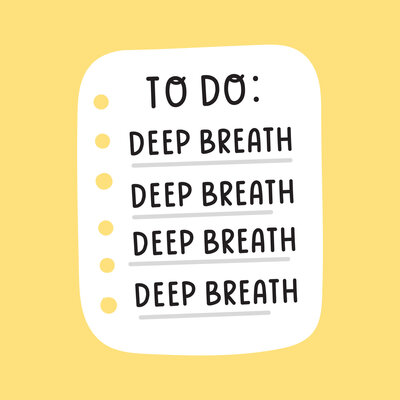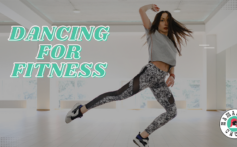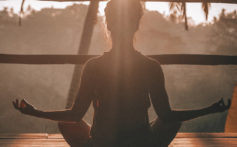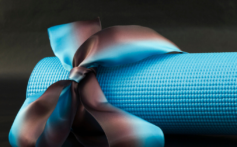Breathing Exercises to Try When You Feel Anxious
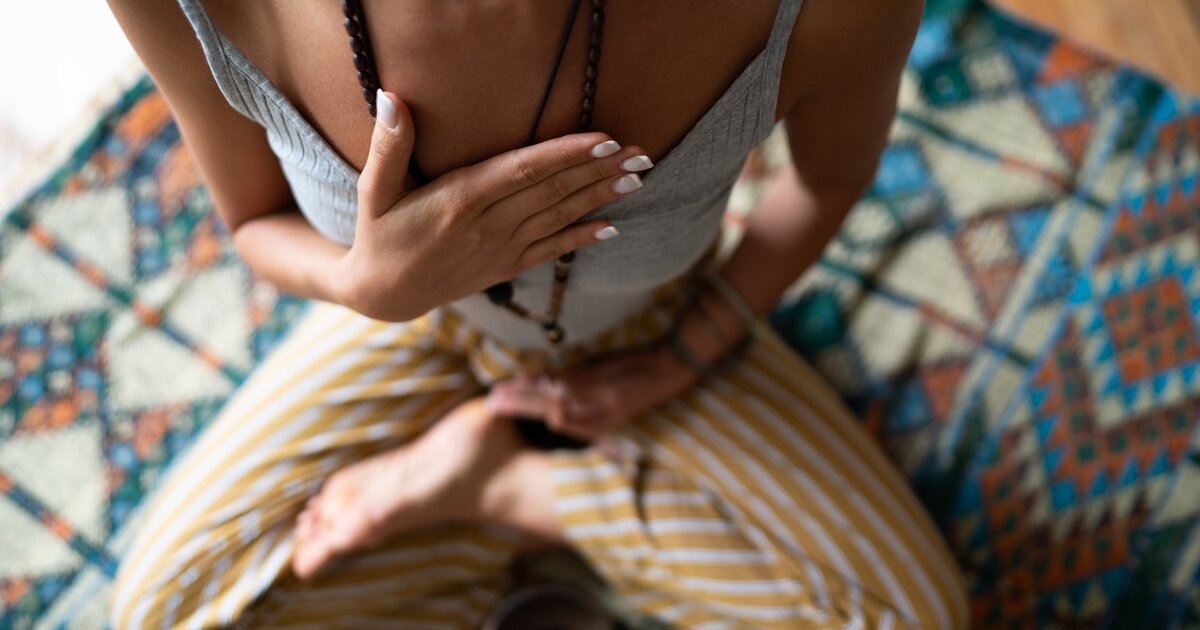
Breathing Exercises to Try When You Feel Anxious
Everyone feels anxious every now and then. Anything from giving a big presentation at work to running late to pick up your kids can cause your heart to race. However, sometimes anxiety can be severe over long periods of time or in sudden moments. Sometimes, they can even lead to panic attacks. Severe anxiety can feel like the walls are closing in on you and may even leave you unable to move.
Whatever level of anxiety you experience, there is a simple way to help calm yourself and find your balance once again. This technique is to focus on your breathing. This does not mean simply taking in breaths, but to really look inside yourself and give deep focus to the actual act of taking in air, how the body’s muscles work to do this, and how to recapture the moment. Below are some facts about breathing and techniques on how you can use it to reduce your anxiety.
Ways to Reduce Anxiety Quickly
When you are experiencing extreme anxiety, you may notice that you are breathing in and out very quickly. This is partly the result of the alert state your body is in as it struggles to respond to stressors. This type of rapid breathing, however, may actually be adding to the already compounding anxious feelings you are experiencing.
There are physiological reasons as to why shallow breathing is not helping your anxiety. During shallow breaths, carbon dioxide and oxygen levels in your body get all messed up. As you may remember from biology class, breathing is the act of taking in oxygen, which is then taken to all the living cells of the body, where they use it as fuel. The waste product of these cells is carbon dioxide, which is taken out of the body when you exhale. When in balance, everything is working as it should. When things get out of balance, your heart rate can increase, your muscles can tense up, and in some cases, your vision may even get blurry.
Thankfully, proper breathing may minimize anxiety quickly.
Breathing Exercises for Anxiety
Whether used in moments of extreme anxiety, to calm yourself over periods of sustained stress or even used as preemptive measures, the exercises below can help you find your center again.
Focused Breathing
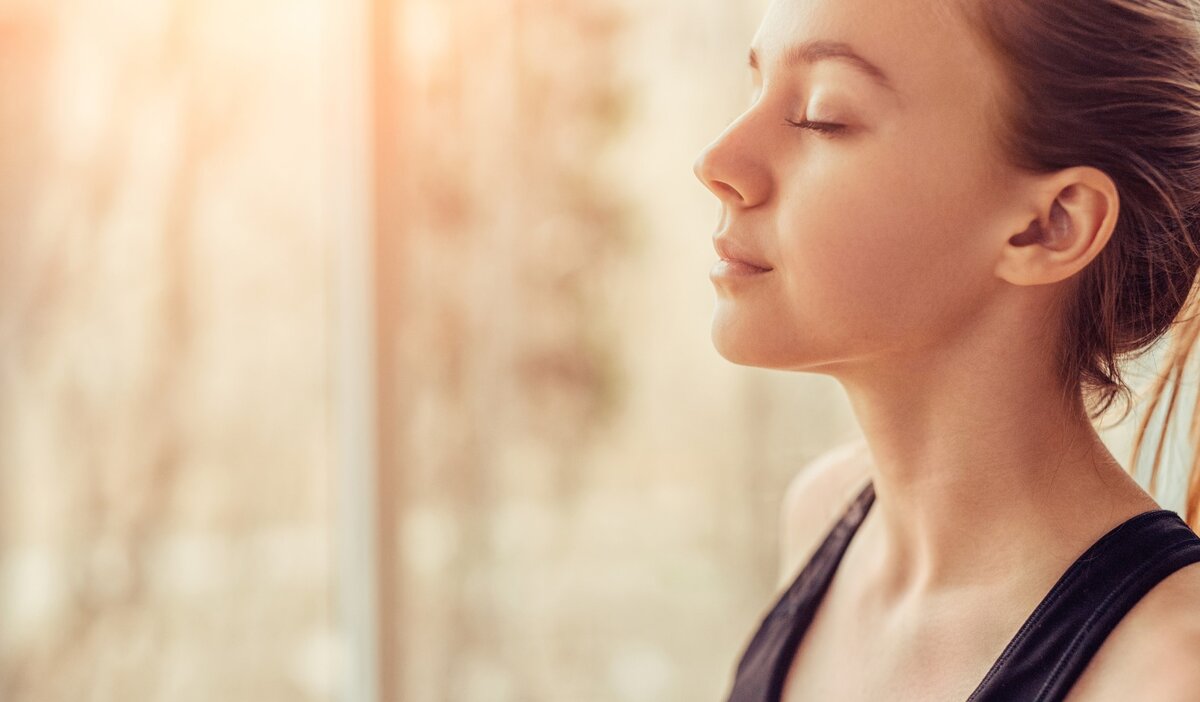 You can think of the Focused Breathing technique as a sort of meditation for your lungs. Using a deep focus on the act of breathing itself, can change your anxiety into sensations of peace and remind your body and soul that you will get through the moments of stress.
You can think of the Focused Breathing technique as a sort of meditation for your lungs. Using a deep focus on the act of breathing itself, can change your anxiety into sensations of peace and remind your body and soul that you will get through the moments of stress.
You may do this technique sitting up or lying down. Really feel yourself taking in air to your lungs. Feel the muscles doing this movement and, as you gaze inward, try to feel if there are any other tense places in your body. You may find it surprising how little you may actually look inward on yourself during an average day.
While all this is happening, be hypervigilant that you are taking deep breaths and not those pesky, shallow ones that increase anxiety. It may be helpful to keep a safe word in mind while doing this exercise that you can repeat out loud or in your head to keep you focused. Words such as “peace” or “serenity” or “loved” can bring on positivity. You may want to focus on a place you feel safe in your mind as well.
Practice Diaphragmatic Breathing (And doing away with chest breathing)
 Diaphragmatic breathing, also commonly referred to as abdominal breathing, is a type of breathing that engages your diaphragm as you fill your lungs with oxygen-rich air. The diaphragm is a dome-shaped muscle at the bottom of the lungs, and when it expands, it makes the lungs larger.
Diaphragmatic breathing, also commonly referred to as abdominal breathing, is a type of breathing that engages your diaphragm as you fill your lungs with oxygen-rich air. The diaphragm is a dome-shaped muscle at the bottom of the lungs, and when it expands, it makes the lungs larger.
Unfortunately, too many of us get into the habit of chest breathing; that is, shallow breathing that does not use abdominal muscles and, therefore, not as much oxygen enters our bloodstreams. This is no good at keeping the oxygen/carbon dioxide system going and can leave us more anxious and stressed.
There is a technique you can practice in the morning or at night before you go to bed that can help with diaphragmatic breathing:
- Lie down on a yoga mat, on your bed, or another flat surface, facing the ceiling. Bending your knees helps you get in the perfect position to practice.
- Start breathing in slowly through your nose. You may focus on a calm word like discussed above. Remind yourself that you are safe.
- Take your hand and place it on your chest, around the heart area. Find your ribcage and place your hand below it.
- Continue to breathe in through your nose and pay attention to the air entering deep into your body. Your bottom hand will rise with your breaths, and your top hand will remain stationary.
- Exhale through your mouth and tighten your diaphragm, really paying attention to the muscles around the stomach. Make sure they are being utilized in the breathing.
- Continue for approximately ten minutes, although even a minute or two will help if you are short on time. Some people find it relaxing to practice for longer periods.
Stop in the Moment and Take Deep Breaths
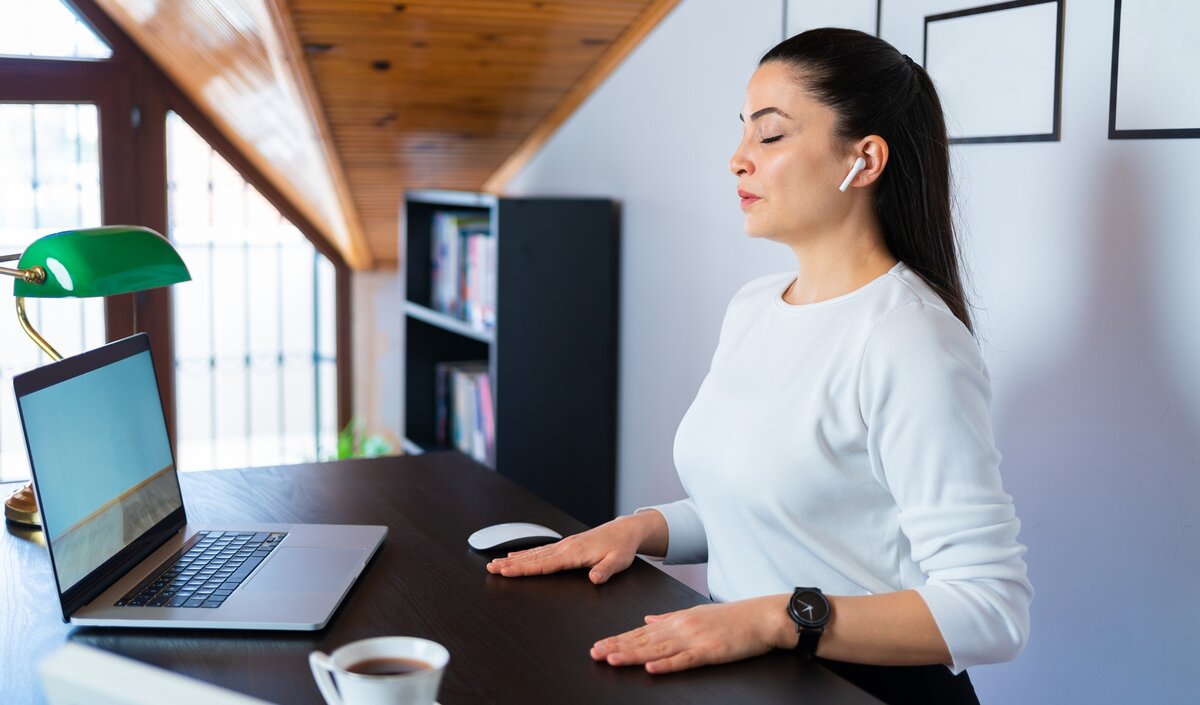 Never be afraid to tell the people you’re with, whether at work or in social situations, that you need a moment to breathe. Even a quick trip to the bathroom can give you a few moments to catch your breath. Stepping outside for a minute at a social gathering, collecting your thoughts, and taking a breath of fresh air can help reset your mind. Remind yourself that there is likely no one around who can’t relate to the need to take a breath every now and then.
Never be afraid to tell the people you’re with, whether at work or in social situations, that you need a moment to breathe. Even a quick trip to the bathroom can give you a few moments to catch your breath. Stepping outside for a minute at a social gathering, collecting your thoughts, and taking a breath of fresh air can help reset your mind. Remind yourself that there is likely no one around who can’t relate to the need to take a breath every now and then.
The Lion’s Breath Technique
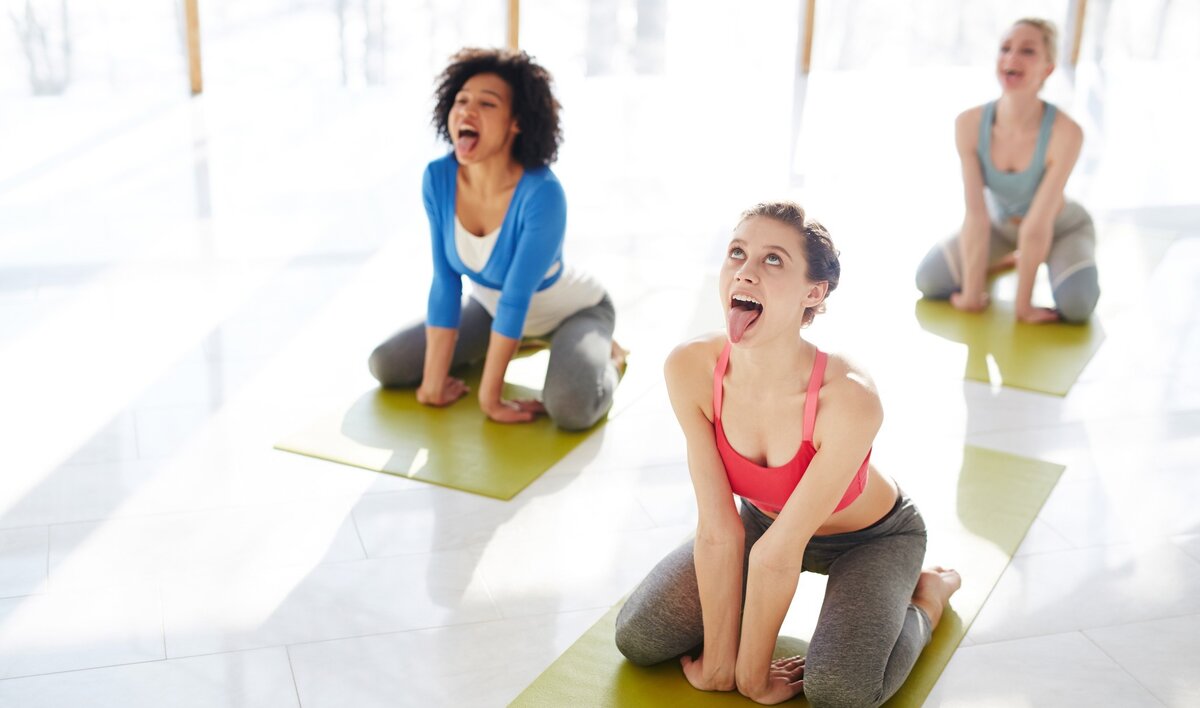 This is a breathing technique where you stick out your tongue and roar like a lion. Many people laugh or are skeptical when they first hear of this technique, but it has many benefits. Borrowed from yoga, this type of breathing has been said to not only relieve anxiety, but to relax your facial and neck muscles, eliminate toxins from your body, keep your thyroid happy, boost vitality, and clear up dry throats, among many other things.
This is a breathing technique where you stick out your tongue and roar like a lion. Many people laugh or are skeptical when they first hear of this technique, but it has many benefits. Borrowed from yoga, this type of breathing has been said to not only relieve anxiety, but to relax your facial and neck muscles, eliminate toxins from your body, keep your thyroid happy, boost vitality, and clear up dry throats, among many other things.
Some people claim it helps reinvigorate the fifth chakra, one of the energy points in the body that relates to freedom of expression and creativity.
There is a yoga pose that many people use while using the Lion’s Breath technique. It is taking a sitting position on your knees with your heels spread wide. Then, take your palms and place them above your knees. When you exhale as you roar, press your palms down hard, feeling all the negative energy release from your body.
Breathing “Four Box” Style

The “Four Box” exercise is another simple technique that may instantly bring down your anxiety level.
- Inhale very deeply. You may want to shut your eyes while you do this to keep out all distractions.
- Exhale as you count slowly to four, either out loud or in your head.
- Before you inhale again, count to the number four again.
- Inhale again to the count of (you guessed it) four.
- Count to four again before you exhale.
- Then let all the air out of your lungs again.
- Repeat as many times as you need to.
The Alternate Nostril Breathing Exercise

The Alternate Nostril Breathing Exercise is also a well-known technique to quickly minimize stress, whether in the moment or practiced over time.
The process goes like this:
- Get in a comfortable position, and try to relax your face, jaw, and neck area.
- Set your non-dominant hand in your lap.
- Take the middle and index finger of your other hand in between your eyebrows.
- Take your ring and pinky finger and place them on one nostril.
- Take your thumb and place it on your other nostril.
- Take a deep breath.
- When you exhale, close the right nostril, and let the air flow out of your lungs through the left nostril.
- Unblock your nostrils, and breathe in through both.
- Exhale again, but this time close your left nostril and let the air escape through your right one.
- Continue doing this for a least one minute or go on for as long as you want.
Gaining Control of Anxiety
In today’s society, it is easy to get caught up in a cycle of anxiousness and negative thinking, and spiritual wellness helps bring balance back into our lives. Next time you’re feeling stressed out or anxious, try one of the breathing techniques above and see if they help you come back to center and alleviate your symptoms.
Of course, if your anxiety gets worse, please talk to your therapist or doctor. Anxiety can be a serious mental health disorder and sometimes requires professional treatment when the symptoms are severe or persistent. With the right approach you can gain control of your anxiety and discover tools, such as breathing exercises, to help you cope in stressful situations.
